Time
Until Oct. 13
Tickets
Free
Venue
Nanshan Museum, 2093 Nanshan Boulevard, Nanshan District (南山区南山大道2093号南山博物馆)
Metro
Line 1 to Taoyuan Station (桃园站), Exit B
Please Note
10 a.m.-6 p.m., closed Mondays
Until Oct. 13
Free
Nanshan Museum, 2093 Nanshan Boulevard, Nanshan District (南山区南山大道2093号南山博物馆)
Line 1 to Taoyuan Station (桃园站), Exit B
10 a.m.-6 p.m., closed Mondays
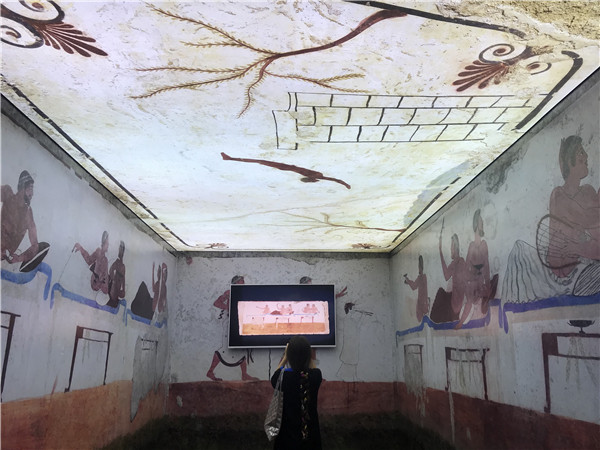
Rich warm colors are a striking feature of the towns, food and many other aspects of Mediterranean countries. Now you can enjoy splendid colored frescos and pottery at the newly opened “Paestum: A City of the Ancient Mediterranean” exhibition at Nanshan Museum. Entry is free.
With exhibited items provided by the Paestum Archaeological Park in Italy, the exhibition showcases 134 exquisite artifacts from the park, including frescos, statues, painted pottery, bronze ware, and architectural parts. Paestum, in Campania in southern Italy, was a major ancient Greek city whose ruins are famous for three well-preserved temples in the Doric order built in 560-460 B.C. It is listed on the UNESCO World Heritage List for its magnificent Greek temple sites and vivid frescos.
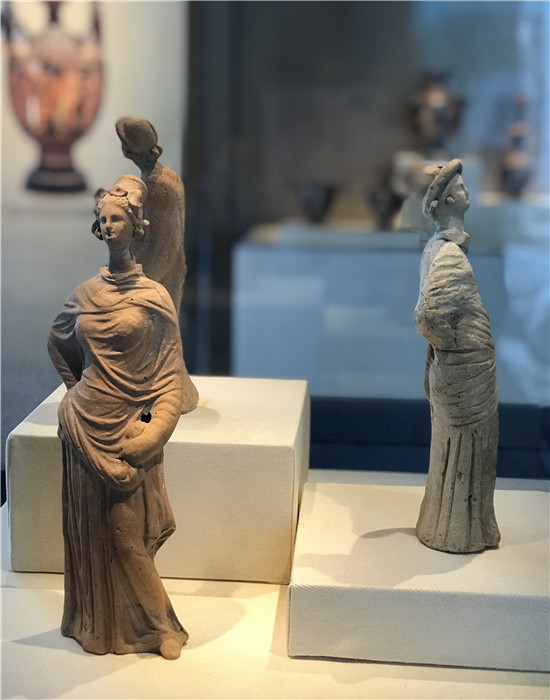
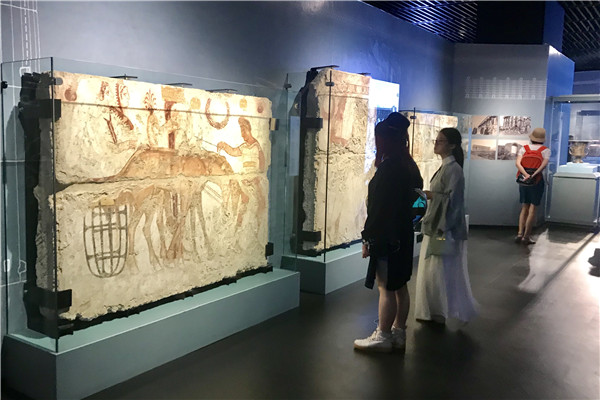
After its foundation by Greek colonists under the name of Poseidonia in 600 B.C., Paestum was eventually conquered by the local Lucanians in 400 B.C. and later the Romans in 273 B.C. For centuries, Paestum has been inhabited by different groups of people. It was abandoned in the 8th-9th centuries, and left undisturbed and largely forgotten until the 18th century. Today the remains of the city are found in modern Paestum, which is now a popular seaside resort with long beaches.
The exhibition is divided into three sections, “A City of the Ancient Mediterranean,” “Painted Tombs in Ancient Paestum” and “Images of Reality, Ritual and Fantasy,” with detailed descriptions in English and Chinese. The biggest highlights are the colored frescos on the walls of the tombs. Daily life, wars, religious stories and symbols were depicted on the tombs.
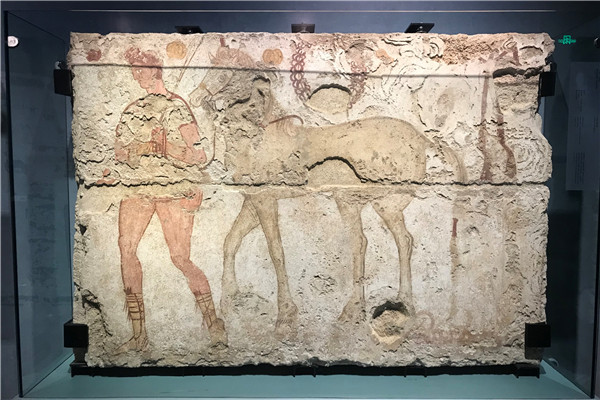
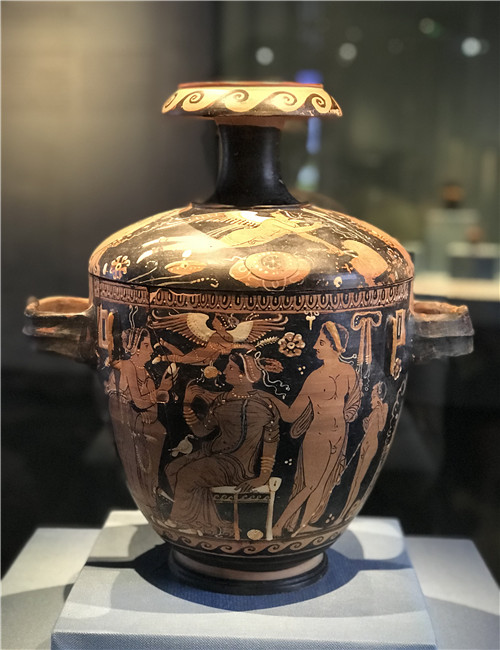
“The exhibition explores the collision and integration of various cultures in ancient Paestum. The items here were all excavated in the past 10 years. In addition to exhibiting the stunning frescos, pottery, statues, bronze ware and architectural parts, we also use 3-D projections to create an immersive experience for visitors,” said Qi Xin, director of Nanshan Museum.
“In the ancient land beside the Mediterranean Sea, we can see the epitome of globalization in Paestum. This period of history is significant to the whole of Europe. Since 1750, Paestum has caught the attention of scholars and artists. The three ancient Greek temples have been influencing architecture and aesthetics in Europe,” said Paestum Archaeological Park’s archaeologist Daniele Rossetti, who gave academic support for the Shenzhen exhibition.
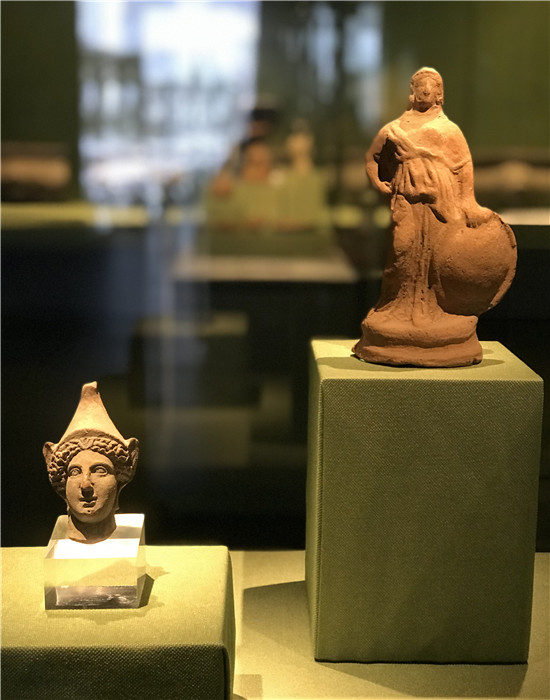
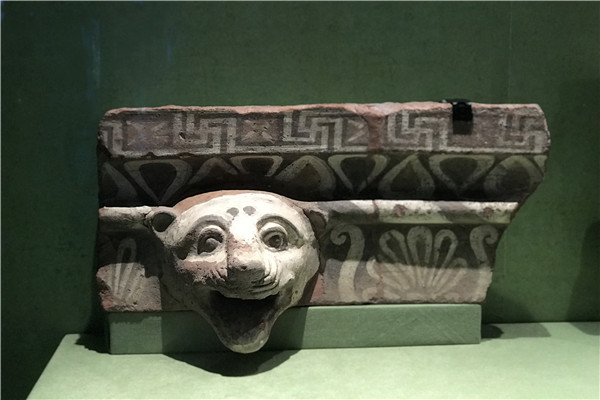
At the exhibition, a small chamber was set up to re-create the famous Tomb of the Diver, a tomb built in about 470 B.C. and founded by archaeologists in 1968. The grave, a national treasure of Italy, was made of five limestone slabs forming the four lateral walls and the roof, the floor being excavated in the natural rock ground. All five slabs were painted on the interior sides using the fresco technique. The paintings on the four walls depict a symposium (Greek banquet) scene, while the cover slab shows the famous scene that gives the tomb its name: a naked young man diving into a curling and waving stream of water.
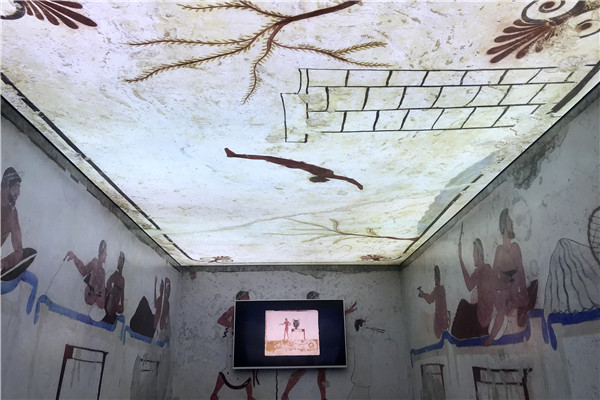
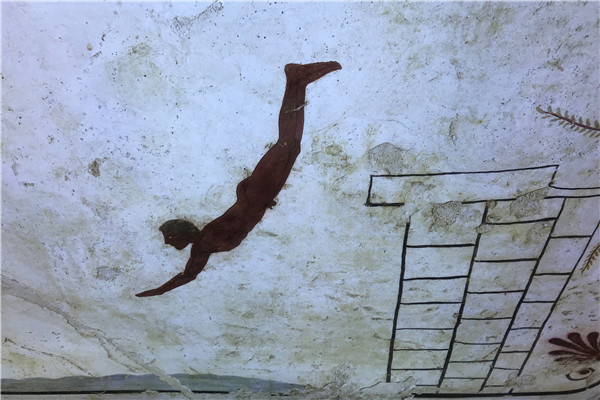
There’s no evidence to confirm the meaning of the diver fresco. Some scholars tend to view the image as a metaphorical representation of the transition from life to death, while some regard it as a symbol of purification or rebirth.
Dates: Until Oct. 13
Hours: 10 a.m.-6 p.m., closed Mondays
Venue: Nanshan Museum, 2093 Nanshan Boulevard, Nanshan District (南山区南山大道2093号南山博物馆)
Metro: Line 1 to Taoyuan Station (桃园站), Exit B
